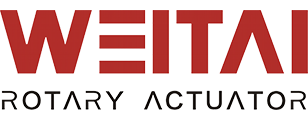In the world of heavy machinery and industrial systems, efficient and reliable motion control is crucial for achieving optimal performance. One key component that plays a vital role in this domain is the rotary actuator. Rotary actuators, also known as rotary units, are devices designed to convert fluid, electric, or hydraulic power into rotational motion. These powerful actuators are employed in a wide range of applications, including construction equipment, manufacturing machinery, agricultural systems, and more.
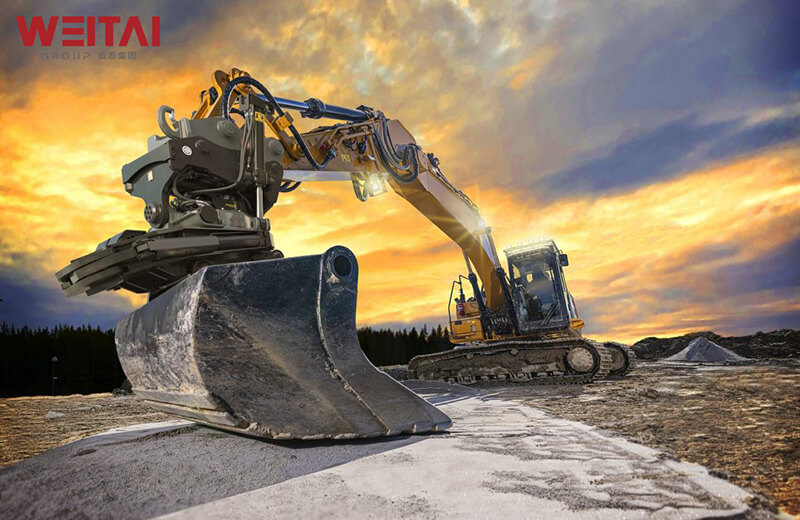
This article aims to provide an in-depth understanding of high-torque rotary actuators and their significance in heavy machinery and industrial systems. We will explore their functions, advantages, applications, and advancements in technology. Additionally, we will discuss the importance of hydraulic actuators and their role in generating high torque output. So, let's dive into the world of rotary actuators and discover how they contribute to the smooth operation of heavy machinery.
Functions of Rotary Actuators:
Rotary actuators are designed to perform a range of functions in heavy machinery and industrial systems. Some of their primary functions include:
1.Lifting and Lowering: Rotary actuators are used to lift and lower heavy loads in construction machinery, cranes, and material handling systems. They provide the necessary torque to elevate massive structures with precision and control.
2.Rotating and Turning: These actuators are utilized to rotate or turn components in various applications. For instance, in manufacturing machinery, they facilitate the rotation of workpieces for cutting, shaping, or assembly processes.
3.Tilting and Swiveling: Rotary actuators enable the tilting and swiveling movements in equipment like excavators, forklifts, and agricultural machinery. They allow the controlled adjustment of the working angle, enhancing maneuverability and versatility.
4.Indexing and Positioning: These actuators play a crucial role in indexing and positioning tasks, where accurate and repeatable movement is essential. They are employed in assembly lines, packaging systems, and automated manufacturing processes.
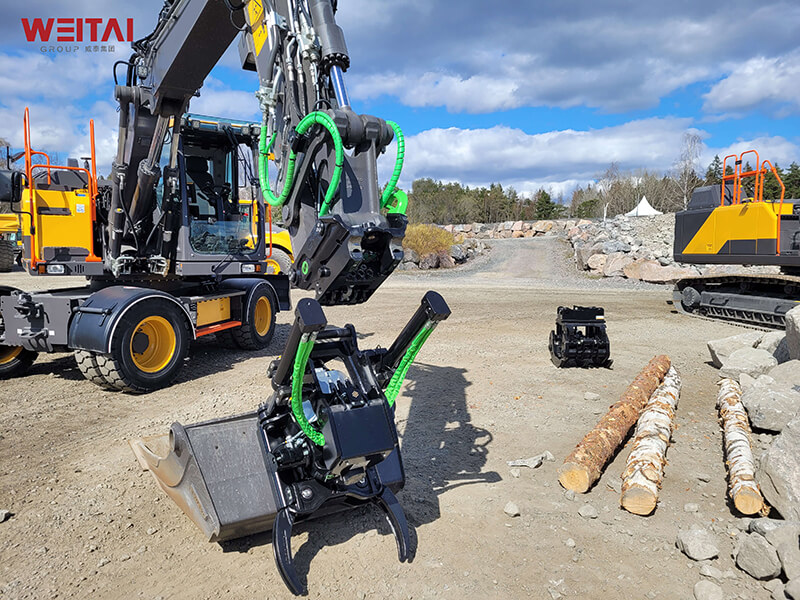
Among the various types of rotary actuators, hydraulic actuators are particularly prominent in heavy machinery due to their exceptional power density and reliability. Hydraulic rotary actuators utilize fluid pressure to generate torque, making them ideal for applications that demand controlled and robust movement. Let's explore the key features and advantages of hydraulic rotary actuators.
Working Principle of Hydraulic Actuators:
Hydraulic actuators operate based on the principle of fluid pressure transmission. They consist of a cylinder, a piston, and fluid-filled chambers. When pressurized fluid is supplied to one side of the piston, it pushes the piston, causing rotational movement. This rotation is then transferred to the output shaft, enabling the actuator to perform its intended function.
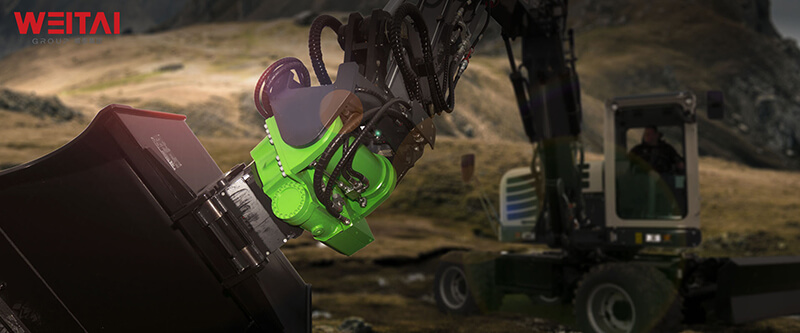
Advantages of Hydraulic Actuators:
Hydraulic rotary actuators offer several advantages that make them a preferred choice for heavy machinery and industrial systems:
1.High Power Density: Hydraulic actuators have an excellent power-to-weight ratio, allowing them to deliver high torque outputs even at low speeds. This power density makes them well-suited for heavy-duty applications where substantial force is required.
2.Precise Control: Hydraulic actuators provide precise control over rotational movement, allowing for accurate positioning and controlled motion. This precision is critical in tasks that require fine adjustments and intricate movements.
3.Smooth Operation: These actuators offer smooth and continuous operation, minimizing jerks and vibrations. The fluid-based system ensures a steady and consistent flow of force, resulting in smoother movements and reduced wear on mechanical components.
4.Load Handling Capacity: Hydraulic actuators are capable of handling heavy loads efficiently. They can generate substantial torque, enabling heavy machinery to lift, rotate, and manipulate massive objects with ease and stability.
5.Overload Protection: Hydraulic actuators have built-in overload protection mechanisms. When the load exceeds the actuator's capacity, the system allows for controlled slippage or disengagement, preventing damage to the actuator and other machinery components.
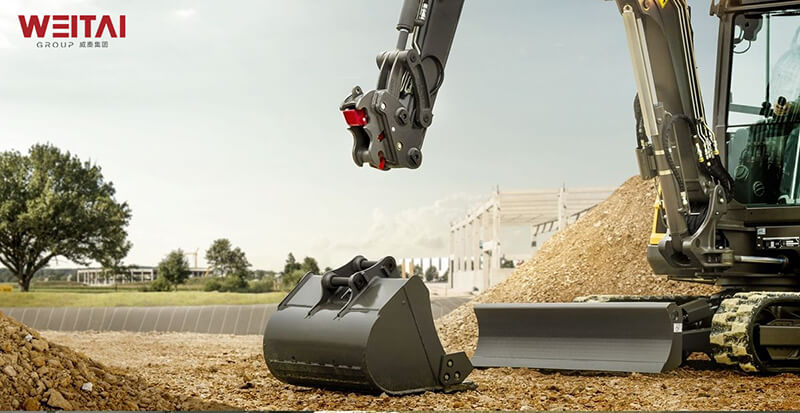
Applications of Hydraulic Actuators:
Hydraulic rotary actuators find widespread use in various heavy machinery and industrial systems, including:
1.Construction Equipment: Hydraulic actuators are employed in construction machinery such as excavators, bulldozers, and cranes. They enable precise movement and control for tasks like lifting, digging, and material handling.
2.Manufacturing Machinery: In manufacturing processes, hydraulic actuators play a crucial role in equipment such as presses, stamping machines, and assembly lines. They facilitate the rotation, indexing, and precise positioning of workpieces, improving productivity and accuracy.
3.Agricultural Systems: Hydraulic actuators are used in agricultural machinery such as harvesters, sprayers, and loaders. They assist in controlling the movement of implements, adjusting the height and angle of attachments, and facilitating efficient farming operations.
4.Mining and Material Handling: In mining equipment and material handling systems, hydraulic actuators provide the necessary torque for moving heavy loads, manipulating conveyor belts, and controlling the position of equipment for efficient extraction and transportation of materials.
5.Marine and Offshore Applications: Hydraulic rotary actuators are utilized in marine systems, including ship steering mechanisms, cranes on offshore platforms, and winches for mooring operations. Their high torque capabilities and durability make them suitable for challenging marine environments.
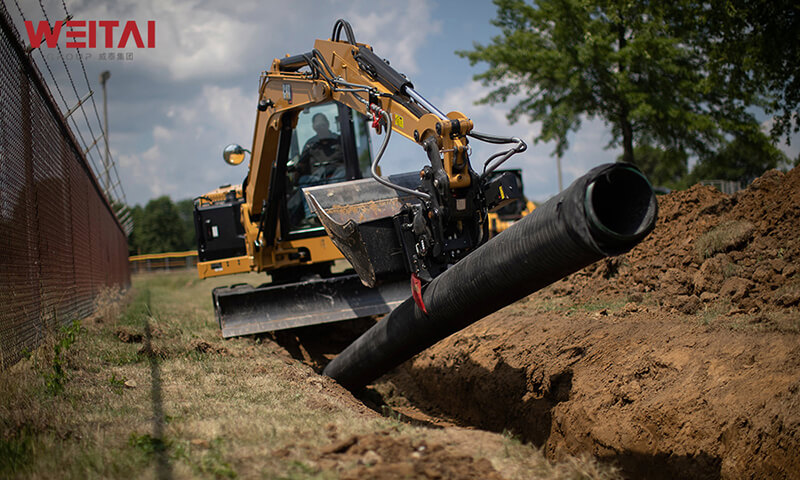
Design Considerations for High-Torque Rotary Actuators:
The design of high-torque rotary actuators requires careful consideration of various factors to ensure optimal performance and durability. Some key design considerations include:
1.Internal Components: Manufacturers employ advanced engineering techniques to optimize the internal components of rotary actuators. Gears, pistons, seals, and bearings are designed to withstand high forces and provide long-lasting performance. High-quality materials and surface treatments are utilized to enhance strength, durability, and resistance to wear and corrosion.
2.Sealing Mechanisms: Effective sealing is crucial to prevent fluid leakage and maintain the integrity of hydraulic actuators. Seals are designed to withstand high pressures, temperature variations, and abrasive contaminants commonly encountered in industrial environments. Advanced sealing technologies, such as lip seals, O-rings, and wipers, are employed to ensure reliable and long-lasting operation.
3.Lubrication Systems: Proper lubrication is essential for reducing friction and wear in rotary actuators. Lubricants with high film strength and anti-wear properties are used to minimize internal losses and enhance efficiency. Lubrication systems are designed to distribute lubricant evenly and ensure continuous lubrication, even in demanding operating conditions.
4.Structural Integrity: High-torque rotary actuators need to be structurally robust to withstand heavy loads and resist deformation. Manufacturers employ advanced materials, such as high-strength alloys and composite materials, to enhance structural integrity while keeping the overall weight of the actuator manageable.
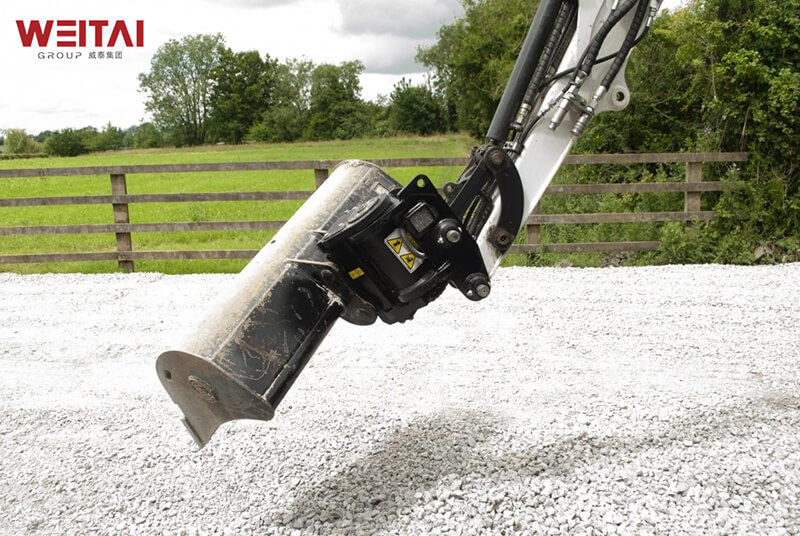
Technology Advancements:
Advancements in technology have led to several improvements in high-torque rotary actuators:
1.Enhanced Efficiency: Manufacturers are continually striving to improve the efficiency of hydraulic actuators. This involves reducing internal losses through optimized designs, improved sealing mechanisms, and enhanced lubrication systems. Higher efficiency translates to reduced energy consumption, lower operating costs, and improved overall system performance.
2.Intelligent Control Systems: The integration of intelligent control systems has revolutionized the capabilities of rotary actuators. Advanced sensors, feedback mechanisms, and control algorithms allow for precise control over actuator movements. This enables adaptive and responsive operation, enhancing safety, productivity, and system performance.
3.Electronic Actuation: While hydraulic actuators remain prevalent, there is a growing trend towards the use of electrically actuated rotary actuators. Electric actuators offer advantages such as precise control, rapid response, and simplified system architecture. They are particularly suitable for applications where fine control and high accuracy are critical.
4.Remote Monitoring and Diagnostics: Industrial systems increasingly incorporate remote monitoring and diagnostics capabilities. Rotary actuators can be equipped with sensors and connectivity features that allow for real-time monitoring of operating conditions, performance parameters, and predictive maintenance analysis. This enables proactive maintenance, reduces downtime, and optimizes the lifespan of the actuators.
5.Integration with Automation Systems: Rotary actuators are an integral part of automation systems in modern industrial environments. They can be seamlessly integrated with programmable logic controllers (PLCs) and other automation technologies, enabling synchronized and coordinated motion control. This integration enhances the overall efficiency, productivity, and flexibility of the industrial system.
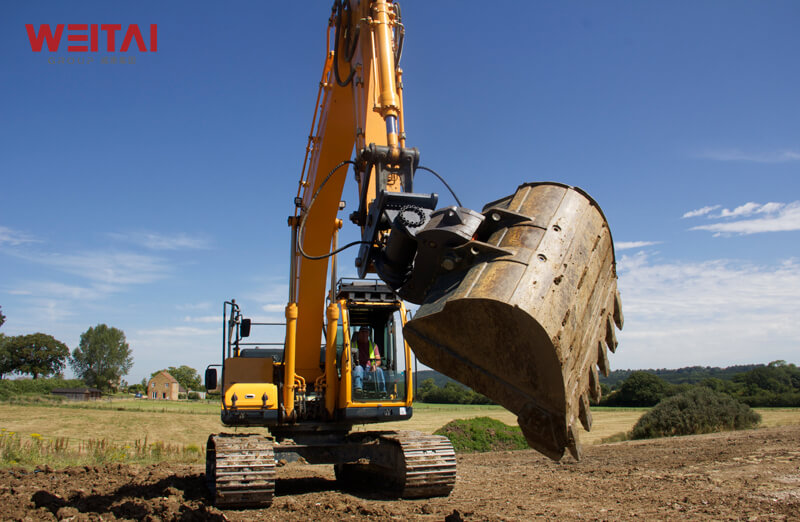
In conclusion, high-torque rotary actuators are essential components in heavy machinery and industrial systems. Their ability to generate substantial rotational force enables them to perform a wide array of demanding tasks. Hydraulic actuators, in particular, provide high power density, precise control, and smooth operation, making them ideal for heavy-duty applications. Advancements in design and technology continue to enhance the performance, efficiency, and versatility of these actuators, driving progress in the field of motion control. As industries push the boundaries of productivity, high-torque rotary actuators will undoubtedly remain key players in shaping the future of heavy machinery and industrial systems.
